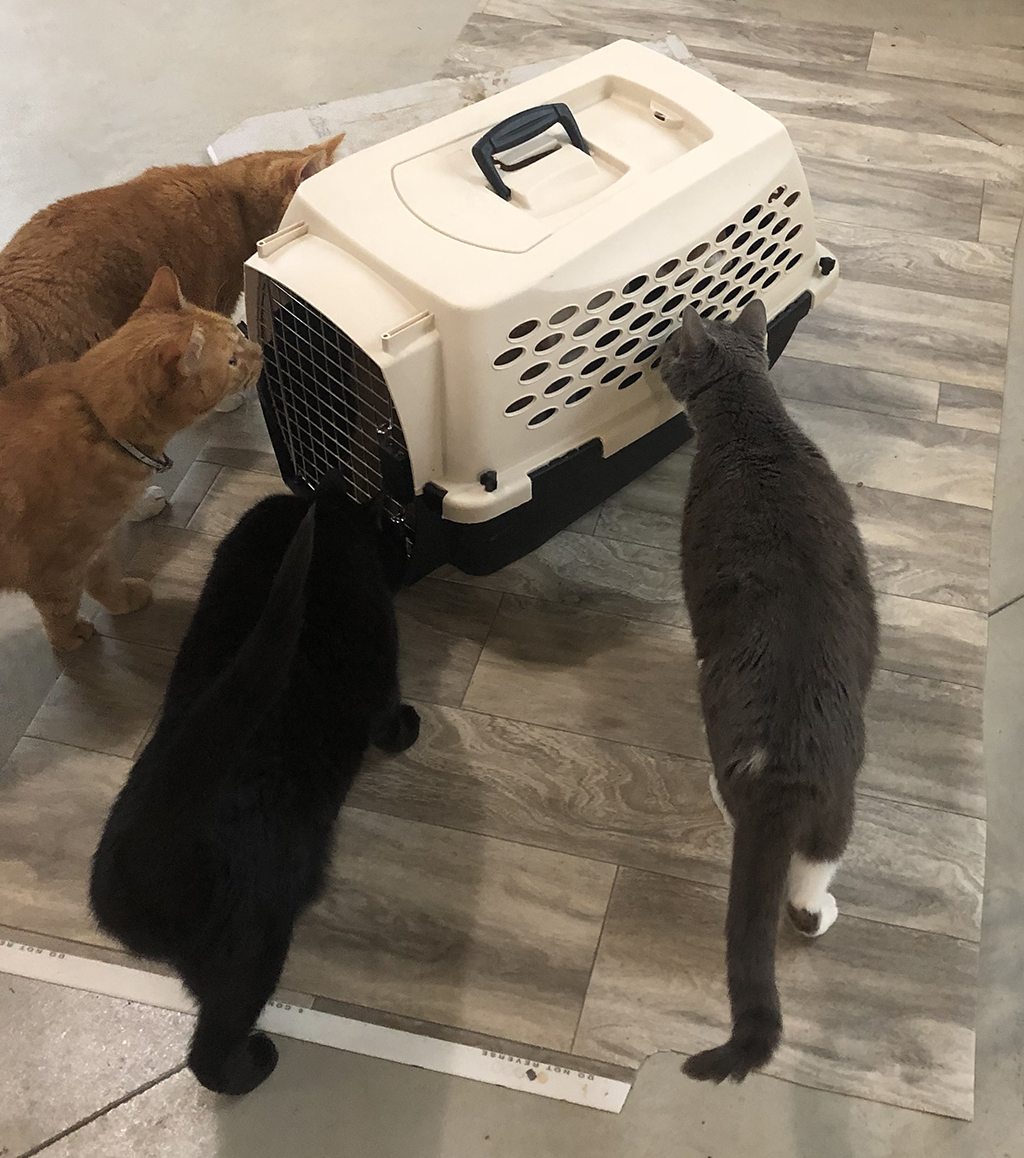Cats are social creatures that possess a natural curiosity and interest in each other. In the wild, they can live in large groups with females raising and protecting their kittens together, and feral cats will typically find ways of sharing resources. That said, cats are also territorial, so introducing a single pet cat to a new companion is not an easy task. When done successfully, the outcome will be an engaging home environment with lots of fun and games for humans and cats alike, but it cannot be a spontaneous action on your part. Cat introductions require careful planning.
Firstly, you need to assess the personality of your resident cat and determine if it is feasible to give them a companion. Cats have very different personalities, and some are simply not wired to share their environment with another feline. Never get a second cat for your own sake! You must do what is best for the cat you already have and love. Consider your resident cat’s breed characteristics and general needs and try to pick a cat with a compatible personality. This is, of course, easier said than done, and even with the best research and advice, your two cats may not get along.


